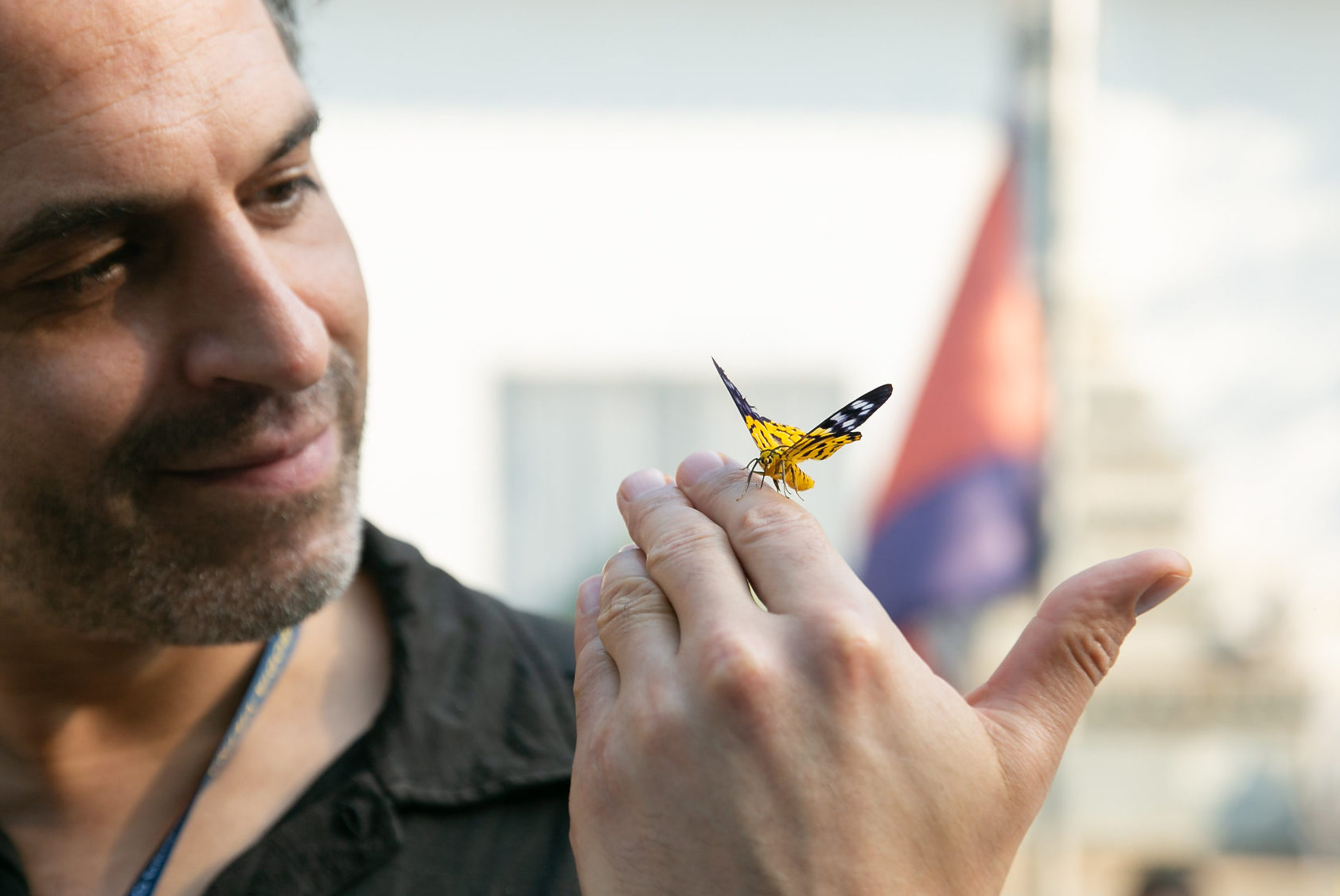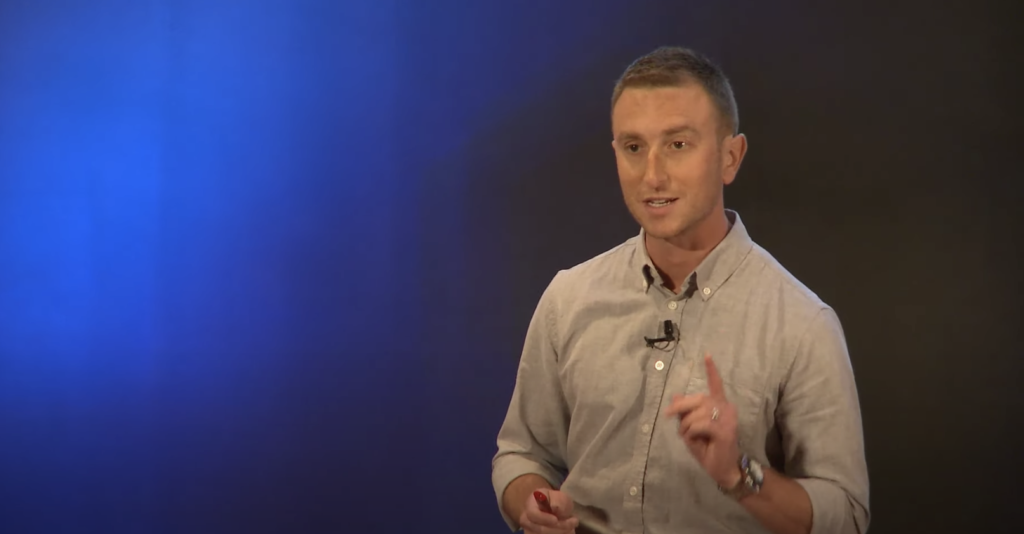
 Contributed by Noah B. Rosenfarb, a member of the Entrepreneurs’ Organization (EO) and a certified public accountant who helps entrepreneurs increase cash flow, sell their companies successfully, manage their wealth and create predictable passive income.
Contributed by Noah B. Rosenfarb, a member of the Entrepreneurs’ Organization (EO) and a certified public accountant who helps entrepreneurs increase cash flow, sell their companies successfully, manage their wealth and create predictable passive income.
1. Invest in Yourself
We all invest our time and money in people and things. The best investment for entrepreneurs is always going to be in themselves. This could mean your health, education, well-being or relationships—anything that can fine-tune and improve your life will bring the highest return on investment because the cost is often very small.
Invest in yourself in both small and big ways. For example, hire a housekeeper so that you can stay focused on higher-value tasks. Get a massage every week to relax. Spend time with your family without distractions. Often, prioritizing time to exercise your body and mind will produce great returns.
Giving yourself set times to think and focus is a valuable investment. Look at the schedule of the world’s wealthiest entrepreneurs and you’ll uncover that comprehensive wellness is a high priority.
My best personal investments include memberships in EO and YPO, coaching programs, mindfulness training, as well as reading a book a week and taking three workdays each month to enjoy alone time with my wife.
2. Invest in Your Business
If you can’t create the highest return on investment in your present company—then maybe you should rethink continuing to operate your business. Entrepreneurs should flow to the area where they can generate the highest returns on time and money.
When you think about investing in your business, consider adding talent and equipment. Look toward creating new sales and marketing structures that perpetuate your sales cycle. Oftentimes, entrepreneurs focus almost exclusively on top-line revenue growth that will lead to bottom-line profit gain. However, it is still critically important to focus on risk factors in one’s business.
All companies are sold using a simple formula of earnings times a multiple. The multiple is driven by the risk factors inherent in the business. If we can reduce the risk factors, we can increase the multiple. Sometimes, decreasing the risks provides greater returns than one can achieve by focusing on increasing profits. This is especially true in the years leading up to a sale.
My most productive recent business investment has been building our back office team in the Philippines, which expanded our capacity at half the cost of a team in the US. I’ve also generated a surprisingly high return from content creation and social media.
3. Invest in Tax Strategy
Successful entrepreneurs may not realize that their single biggest personal expense is their income taxes. By evaluating options to lower their taxes, entrepreneurs can often increase their net income anywhere from 10 percent to 50 percent with only small changes in the way that they operate their business and personal life.
This increased cash flow, if reinvested wisely, can dramatically impact your future. We believe that once an entrepreneur is making more money than they need to cover their living expenses, then they should be focusing on building their tax structures.
Our most effective tax strategy was to open two businesses in Puerto Rico, where we pay only 4 percent in corporate taxes. We also structured these companies to be owned by a Roth 401k plan, so we never pay taxes on our dividends and we can invest our profits tax-free for our lifetime.
4. Invest in Real Estate
Real estate is another area where entrepreneurs should allocate capital. Real estate can often be used to house the business of the entrepreneur. I’ve seen many instances where the entrepreneurs’ net proceeds from the sale of their real estate are greater than that of the sale of their business.
Real estate has many qualities that enhance its attractiveness, including tax benefits, the ability to use as leverage, inflation protection and more.
My real estate strategy is to buy apartment complexes where we can implement our Infinite Return model.
5. Invest in Life Insurance
Entrepreneurs too often dismiss investing in life insurance structures. Most life insurance is sold, not bought. Unfortunately, that creates a conflict of interest for the person that educates the entrepreneur about the insurance. When an entrepreneur purchases life insurance, the advisor receives a big commission. That is definitely something to be aware of, but life insurance is an incredible tool that can be used to enhance an overall financial plan.
One thing most entrepreneurs don’t realize is that banks will pay the majority of insurance premiums on their behalf. This can create positive leverage that produces net returns that can rival real estate investments while also providing protection to the entrepreneur’s family if they die unexpectedly.
I purchased my first whole life insurance policy at 27, before I had children, as a place to park cash that I could borrow as needed. I purchased term insurance when my kids were born to make sure my family could live the lifestyle I created even if I died. More recently, I’ve used premium financing to acquire insurance that will provide me with tax-free retirement income.
6. Invest in Private Debt
High-performing entrepreneurs have good cash flow and little need for ongoing significant liquidity, especially if they’ve been able to establish lines of credit. As a result, we find entrepreneurs often have more cash and liquid investments than they need to accomplish their goals. By allocating their conservative investments to private debt instead of publicly traded bonds, the entrepreneur trades liquidity for a higher yield. Often this results in 3 percent to 6 percent per year of additional returns.
I started a private debt fund in 2011 to take advantage of this reality for my family and our clients. We make short term loans where the borrower can use our capital to make more money for their business. Often the collateral is real estate, purchase orders, accounts receivable or even business equity.
7. Invest in Other Companies
When entrepreneurs have succeeded in growing their own business, they may find value in investing in other people’s companies, either actively or passively. Private equity returns are some of the highest of any asset class, but they also come with significant risks and a greater standard deviation between return expectations.
In layman’s terms, that means a lot of people lose money investing in companies. The best private equity investors can make 30 percent or greater annual returns. It’s critical to develop your own opportunity filter so when you begin to seek investments, you know precisely what to look for.
I built a unique company, FIGI, that enables me to invest in online businesses using the power of a royalty structure. I also hold significant minority interests in small private companies where I provide strategic advice, but have no role in daily operations.
8. Invest in Stocks
I would be remiss to not suggest that entrepreneurs also should build a diversified portfolio of publicly traded stocks. Over time, publicly traded companies produce average returns that exceed inflation by 4 percent to 8 percent. The primary advantage of stocks over the above items is the ability to sell them and generate cash within days.
Compounding your investments in public companies over a lifetime should result in significant wealth creation.
Personally, I have avoided building a portfolio of stocks and bonds because I haven’t found value in the liquidity it can provide. My cash flow exceeds my lifestyle expenses and if I had an unexpected need for capital, I have sources I could use (like my life insurance or my home equity line of credit) to tide me over. Still, my family office has deep expertise in constructing and managing portfolios of stocks and bonds for our clients.
For more insights and inspiration from today’s leading entrepreneurs, check out EO on Inc. and more articles from the EO blog.
The post To succeed as an entrepreneur, make these 8 investments appeared first on THE BLOG.
from THE BLOG https://blog.eonetwork.org/2020/10/to-succeed-as-an-entrepreneur-make-these-8-investments/
via


 Devin Salinas
Devin Salinas
 If nothing else, the 2020 pandemic has shown everybody—particularly business owners and entrepreneurs—the value of being prepared and
If nothing else, the 2020 pandemic has shown everybody—particularly business owners and entrepreneurs—the value of being prepared and 
 Business owners and hiring managers, take note: Generation Z is entering the workforce and you don’t want to confuse them with millennials.
Business owners and hiring managers, take note: Generation Z is entering the workforce and you don’t want to confuse them with millennials. 
 Contributed by
Contributed by 
 Contributed by
Contributed by 
 Here’s a fact: No matter how diverse or inclusive you believe your organization is, there is always more work to be done.
Here’s a fact: No matter how diverse or inclusive you believe your organization is, there is always more work to be done. Anou believes that practising diversity and inclusion in the workplace is
Anou believes that practising diversity and inclusion in the workplace is  “For us,” says Nyree Hibberd, CEO of
“For us,” says Nyree Hibberd, CEO of 

 Shawn Johal is a Scaling Up Certified Coach currently working with several entrepreneurs and their businesses to
Shawn Johal is a Scaling Up Certified Coach currently working with several entrepreneurs and their businesses to 

 Arosh Fernando, creative director of WooHah Productions, says, “When our core business was not permited to function due to the government restrictions, we realized we had to change everything.”
Arosh Fernando, creative director of WooHah Productions, says, “When our core business was not permited to function due to the government restrictions, we realized we had to change everything.” Brad Hampel, director at
Brad Hampel, director at  “The COVID-19 pandemic has certainly delivered huge challenges for business owners both around the globe,” says the creative director at
“The COVID-19 pandemic has certainly delivered huge challenges for business owners both around the globe,” says the creative director at 

 Peter Kozodoy is a member of EO East Link and former member of EO New York. He’s the author of
Peter Kozodoy is a member of EO East Link and former member of EO New York. He’s the author of